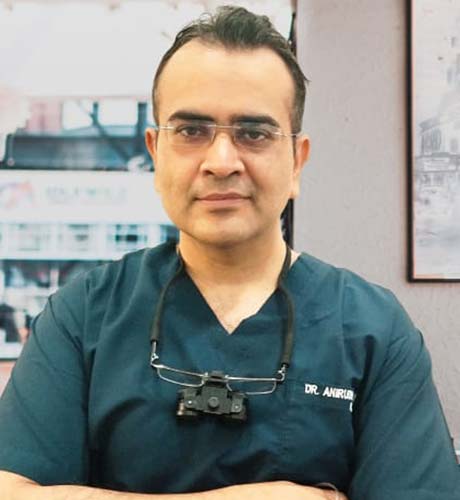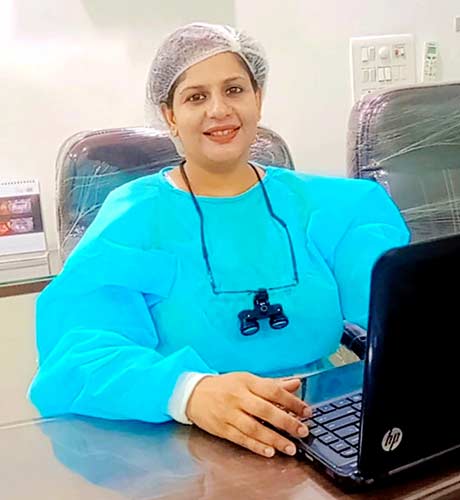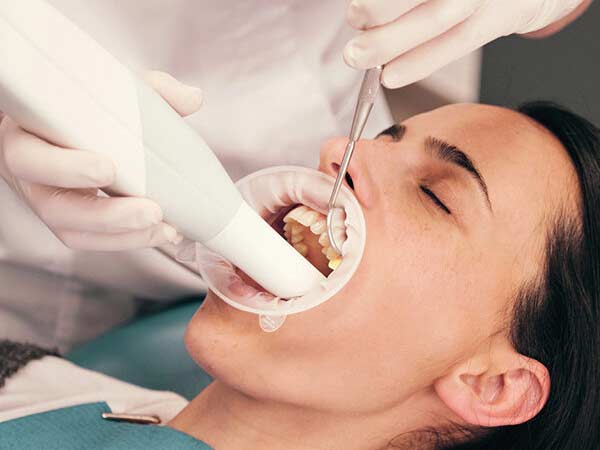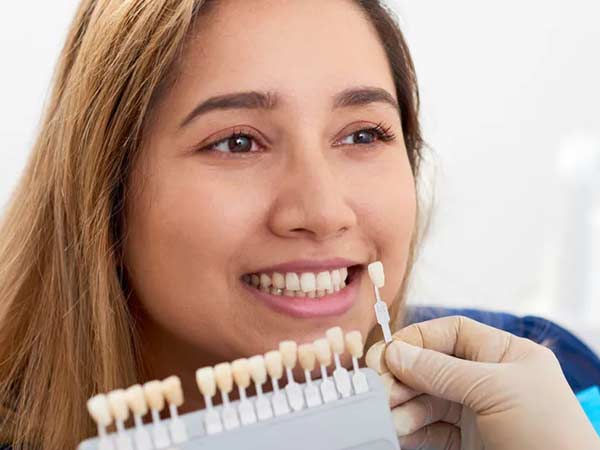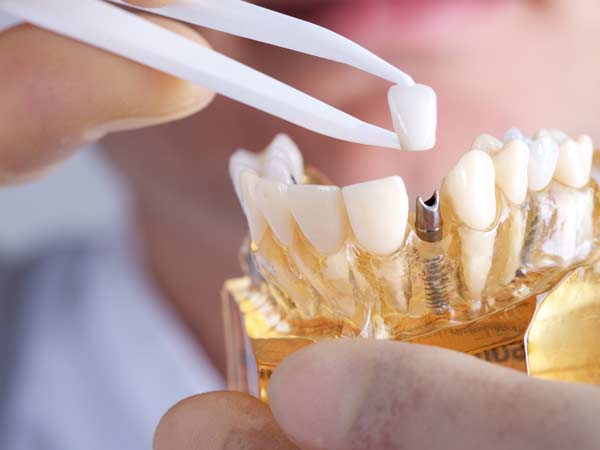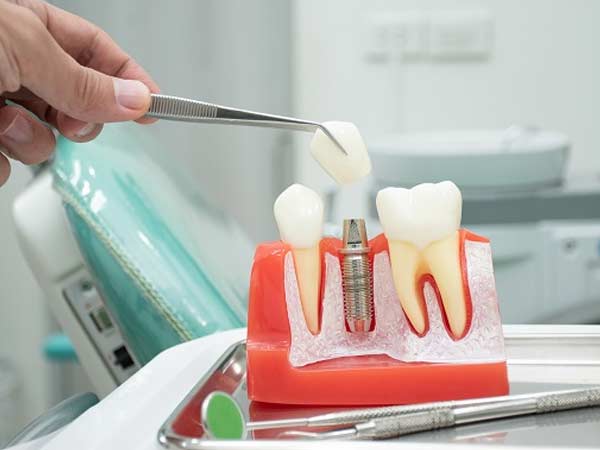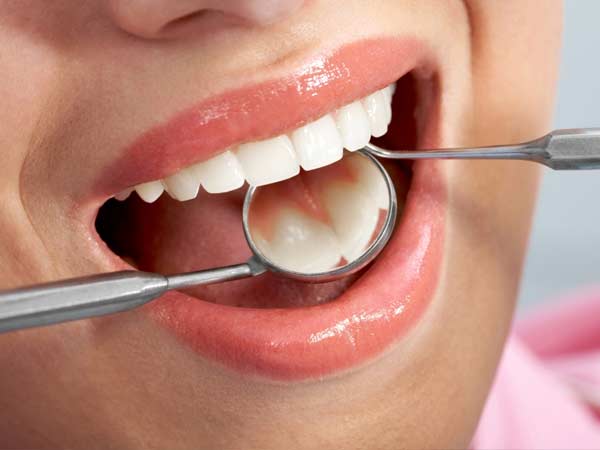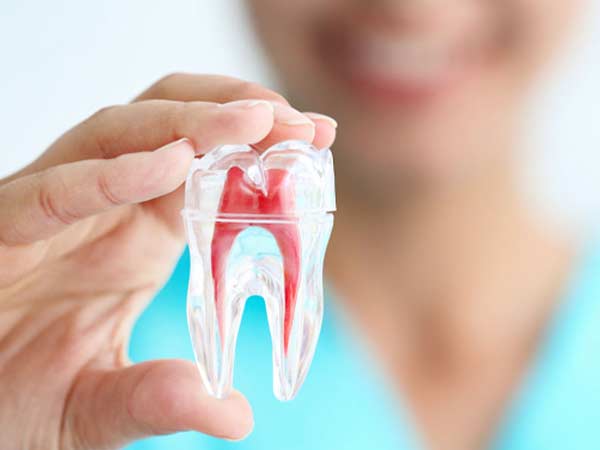The Proper Way to Brush
The teeth should be brushed at least twice a day; ideally in the morning and before bed. The perfect toothbrush is small in size with soft, rounded-end bristles and no more than three months old. The head of the brush needs to be small enough to access all areas of the mouth, and the bristles should be soft enough so as not to cause undue damage to the gum tissue. The American Dental Association (ADA) has given electric toothbrushes their seal of approval; stating that those with rotating or oscillating heads are more effective than other toothbrushes.
Here is a basic guide to proper brushing:
- Place the toothbrush at a 45-degree angle where the gums and teeth meet.
- Use small circular motions to gently brush the gumline and teeth.
- Do not scrub or apply too much pressure to the teeth, as this can damage the gums and tooth enamel.
- Brush every surface of every tooth, cheek-side, tongue-side, and chewing surfaces. Place special emphasis on the surfaces of the back teeth.
- Use back and forth strokes to brush the chewing surfaces.
- Brush the tongue to remove fungi, food and debris.
The Proper Way to Floss
Flossing is a great way to remove plaque from the interdental regions (between the teeth). Flossing is an especially important tool for preventing periodontal disease and limiting the depth of the gum pockets. The interdental regions are difficult to reach with a toothbrush and should be cleansed with dental floss on a daily basis. The flavor and type of floss are unimportant; choose floss that will be easy and pleasant to use.
Here is a basic guide to proper flossing:

1.Cut a piece of floss to around 18 inches long.
- Wrap one end of the floss around the middle finger of the left hand and the other end around the middle finger of the right hand until the hands are 2-3 inches apart.
- Work the floss gently between the teeth toward the gum line.
- Curve the floss in a C-shape around each individual tooth and carefully slide it beneath the gum line.
- Carefully move the floss up and down several times to remove interdental plaque and debris.
- Do not pop the floss in and out between the teeth as this will inflame and cut the gums.
Floss Picks

If you’re overwhelmed by all the new dental care products available, this could be a solid upgrade for you. Floss is strung tightly between two points to provide optimal tension no matter your angle of approach, with a handle for added comfort. Some varieties even come with a tongue scraper as an added bonus, and most are sold in convenient bags that make sharing more hygienic and easy.
2. Electronic Flossers
Now you can completely forget manual flossing and let an electronic device do the job. Similar in appearance to the floss pick but attached to an energy source, vibrations are emitted to remove plaque quickly and efficiently. Having the flossing motion done for you can make the process faster, but you should pay extra attention to the speed setting and pressure applied to your gums to avoid bleeding and other oral injuries.
3. Interdental Brushes/Flossers
It doesn’t get much simpler than this. Instead of using string, a small brush with fine bristles is inserted between the gaps of your teeth. One swift motion in and out is all it takes, quickly removing plaque and gently (but effectively) stimulating your gums in less time than floss. No sawing or string winding is necessary, and it can be done with one hand.
4. Water (or Oral) Irrigators
For comfortable, yet efficient plaque removal, oral irrigators are your best bet. Instead of floss, picks or brushes, strong pulses of water are directed between your teeth to dislodge bacteria and stuck food particles. Oral irrigators are also effective at removing tonsil stones, a common cause of halitosis (bad breath). Home devices can range in size with varying speed options, but portable options also exist for added convenience.
Which One is Right for You
Any of these solutions is better than not flossing at all, but a little research and even a few product trials can help you figure out the best floss alternative for your budget and lifestyle.


